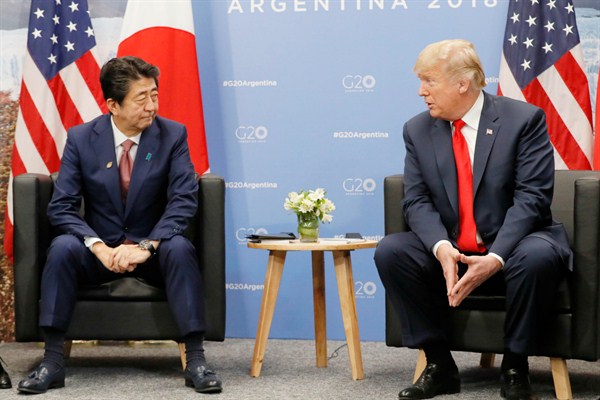Until Jan. 23, 2017, the United States had a major free trade agreement with Japan and 10 other countries called the Trans-Pacific Partnership. But on his first day in office, President Donald Trump withdrew from the TPP, which had been signed just a few months earlier by President Barack Obama as his signature piece of trade policy. Trump was fulfilling one of his first campaign promises, having railed against the deal for years. At the signing of his Executive Order pulling the U.S. out of the TPP, Trump declared that it was a “great thing for the American worker, what we just did.”
American farmers, who are already footing most of the bill for Trump’s “America First” trade policies, probably don’t feel that way today. Japan and the other Pacific Rim countries made minor tweaks to the agreement, now called the Comprehensive and Progressive Agreement for Trans-Pacific Partnership, or CPTPP, and began implementing it at the end of last year. Without the U.S. in it, the deal is creating problems for many American exporters.
The White House is now scrambling to conclude a bilateral trade agreement with Japan to offset the problems that U.S. beef, grain and other exporters are facing as a result of Japan’s tariff cuts that apply exclusively to its CPTPP partners. Japanese Prime Minister Shinzo Abe had initially resisted Trump’s demands for bilateral trade talks, clinging to hope that a future president could rejoin the CPTPP. Faced with Trump’s threat of steep tariffs on Japan’s automobile exports, however, Abe caved and the negotiations formally began this month.

